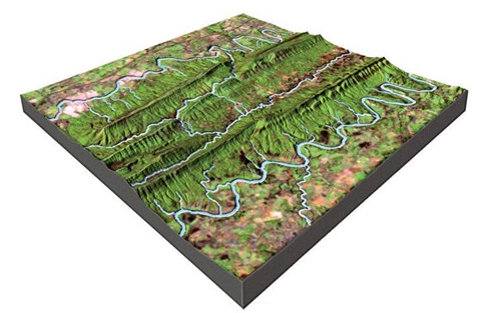Earth's landforms are built up by
A) erosion.
B) deposition and plate tectonics.
C) weathering.
D) infiltration.
B
You might also like to view...
What is the mostly likely setting for this drainage pattern?

A) The rocks have a relatively equal resistance to erosion.
B) Drainages have followed a series of fractures that branch off of one another.
C) The area has folded or faulted rocks with different resistances to erosion.
D) A volcano once existed here but has been partly eroded away.
Highly vesicular, intermediate-sized pyroclastic fragments of basalt or andesite are called
A) pumice. B) lapilli. C) ash. D) cinder.
What is absolute dating, and what is it based on? What can absolute dating tell us? What will be an ideal response?
What are the principles involved in removing biological nutrients from waste, and what is accomplished by doing so? Where do nitrogen and phosphate go in the process?
What will be an ideal response?